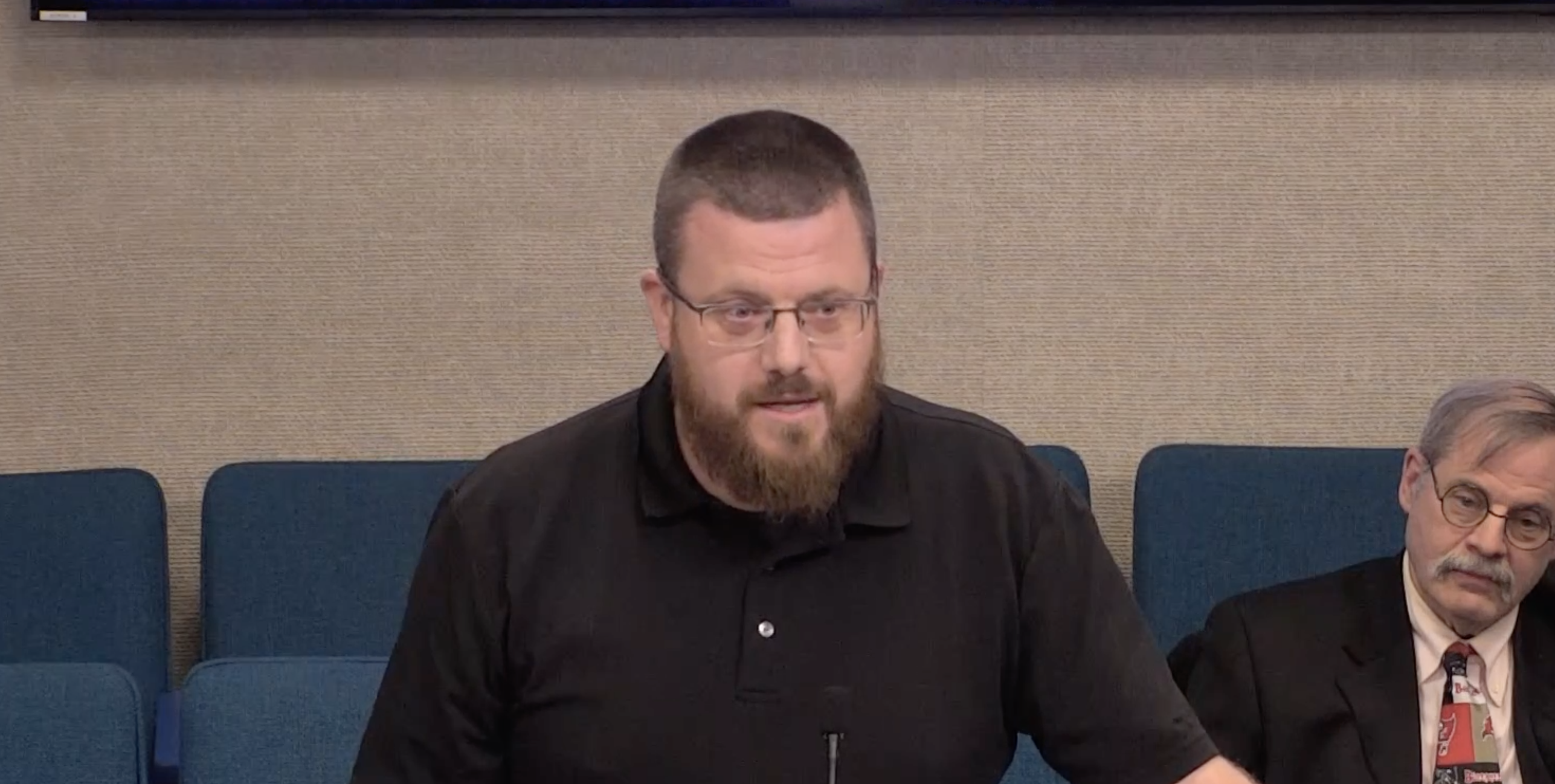While the winter solstice is still more than a week away, you can take solace in knowing that the sun is already starting to set later in the evening for most of the northern hemisphere.
For instance, the sunset for Tuesday in Los Angeles is 4:44 p.m. On Wednesday, it will be 4:45 p.m. By the time of the winter solstice on Dec. 21, the sun will set in Los Angeles at 4:48 p.m. By the end of the year, Los Angeles will have a 4:54 p.m. sunset.
The amount of time gained each day varies based on a location's latitude.
Northern towns will generally not gain as much evening sunlight between now and the solstice. For instance, sunset in Bismarck, North Dakota, will be two minutes later on the solstice compared to Tuesday.
But once January comes, these towns gain sunlight in earnest.
Bismarck will start the year with a 5:05 p.m. sunset and end January with a 5:44 p.m. sunset. While Bismark gains 39 minutes of evening sun in January, Los Angeles gains a mere 28 minutes.

Scientists find planets in nearby solar system have unusual orbit
Scientists wanted to study star HD110067 after noticing dips in the star's brightness. They were not disappointed.
Does that make sense yet?
It turns out that while our sunsets will begin to get later and continue to do so until the end of June, sunrise times will also continue to be later through roughly Jan. 1. So for most Americans, the shortest day of the year is indeed Dec. 21, when the solstice actually happens.
Los Angeles' sunrise on Tuesday was 6:49 a.m. By the solstice, the sun will rise at 6:55 a.m. By Dec. 31, the sun comes up a full three minutes later at 6:58 a.m.
Bismark is also set to lose about nine minutes of morning sun between now and the end of the year.
Why does this happen?
It is because Earth's orbit around the Sun is not perfectly round, and sometimes we find ourselves a little closer to the sun. The Earth is actually 3 million miles closer to the sun in January than in July. This slight change is enough to change when the sun sets and rises.
Because of Earth's shifting distance from the sun, the time it takes for the sun to get to the same point in the sky gets later each day through the month of December. What is considered high-noon sunlight also becomes later through the month.
You can check sunrise and sunset times on the National Oceanic and Atmospheric Administration website.










